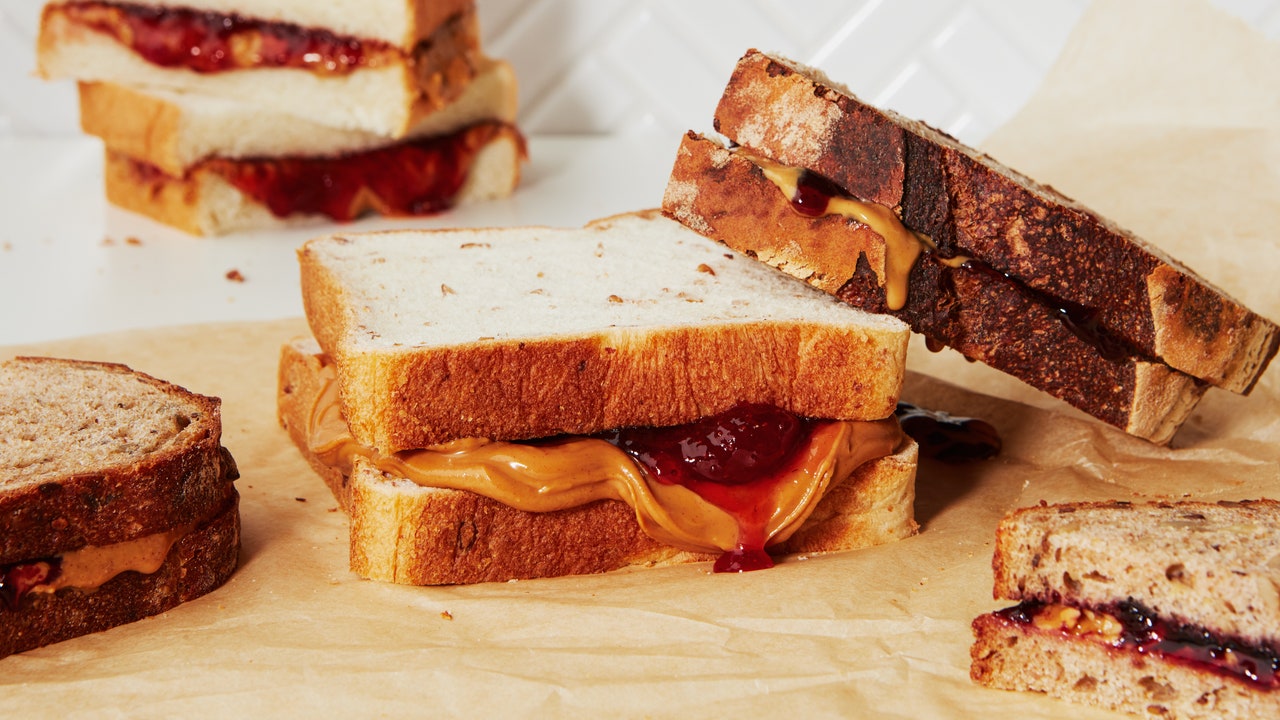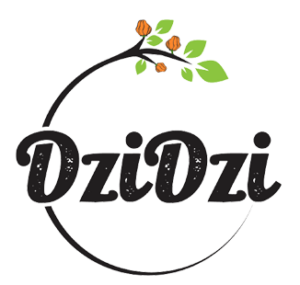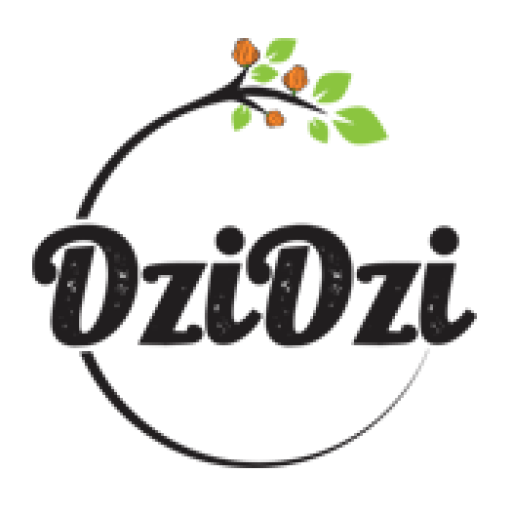During the 2022 season of the Great British Baking Show, one contestant proposed a berry and peanut butter cheesecake to judges Paul Hollywood and Prue Leith. To American viewers, that combination seemed like a no-brainer, but both British judges reacted in confusion and revulsion. Hollywood commented “peanut and fruit. You wouldn’t normally put them together,” while Leith agreed it was “quite strange.” As an American watching, I flinched at what felt like a rejection of our culture; or perhaps, an illustration of just how deeply our love of peanut butter and jelly runs.
The nutty paste itself is a fairly modern ingredient, skyrocketing in popularity at the beginning of the 20th century. The transformation of peanuts into the ubiquitous butter was less about an individual moment of lightning-strike brilliance, and like most things, was a slow progression with contributions from many communities. According to Creamy and Crunchy: An Informal History of Peanut Butter, the All-American Food by Jon Krampner, the peanut’s homeland is the Pantanal, the world’s largest wetland, in modern-day Brazil, Paraguay, and Bolivia. The oldest physical example of peanuts comes from a 3,800-year-old Peruvian burial site, where remarkably well-preserved peanuts were found in terra-cotta jars.
The peanut travels across the Atlantic…twice
The legume was cultivated by the Inca, Aztecs, and then the Arawak as the plant was carried north over thousands of years. Then, peanuts traveled east across the Atlantic through the Columbian exchange; the transfer of plants, animals, and diseases after Europeans landed in the Americas, starting in 1492. Peanut plants thrived in the sand soils of West Africa, in what is modern-day Senegal. The legume became an important part of the region’s cuisines in the form of ground peanut-based soups and stews like maafe in Senegal, domoda in The Gambia, and shorba in Sudan.
In the 17th century, the peanut crossed the ocean again, packed as a familiar food for trafficked West Africans. Once ashore across the Atlantic, they planted the legume in their own gardens, both as a way to supplement meager plantation rations and preserve their food traditions, which greatly influenced the first recorded culinary uses of peanuts in North America. The first published recipe for peanut soup appeared in the cookbook The Carolina Housewife, written by Sarah Rutledge, published in 1847: “Groundnut Soup—To half a pint of shelled groundnuts, well beaten up, add two spoonfuls of flour, and mix well. Put to them a pint of oysters, and a pint and half of water. While boiling, throw in a red pepper, or two, if small.”
How peanut became butter
Long before Goop and Gwyneth Paltrow, there was John Harvey Kellogg (the same guy who gave the world Corn Flakes) and his trendy health spa called the Battle Creek Sanitarium located in Michigan. Kellogg—a Seventh-day Adventist, health food fanatic, and wearer of only white suits—made “the San,” a destination for celebrities and the wealthy, including J.C. Penney, Thomas Edison, and Upton Sinclair, to stay and heal. The treatments offered at the spa were occasionally dubious or dangerous such as radiation therapy and multiple daily enemas, to name a few. The cafeteria offered a range of nut “butters” which Kellogg avidly promoted as a protein alternative to meat.
In 1895, Kellogg filed a patent for a new method of grinding boiled nuts into butter, promoting nut butters, including peanut butters, as a vegetarian protein alternative. As a Seventh-day Adventist, vegetarianism was a part of his faith, but the push towards a no-animal diet was already a nationwide trend at the time. Journalists were uncovering the horrible results of little to no government oversight of processed foods; most famously, Upton Sinclair researched The Jungle in the meat processing plants of Chicago. Harnessing this meat-free frenzy, Kellogg introduced a meat alternative named Protose, a mock meatloaf made of peanut butter, seitan, and herbs.
Source link







